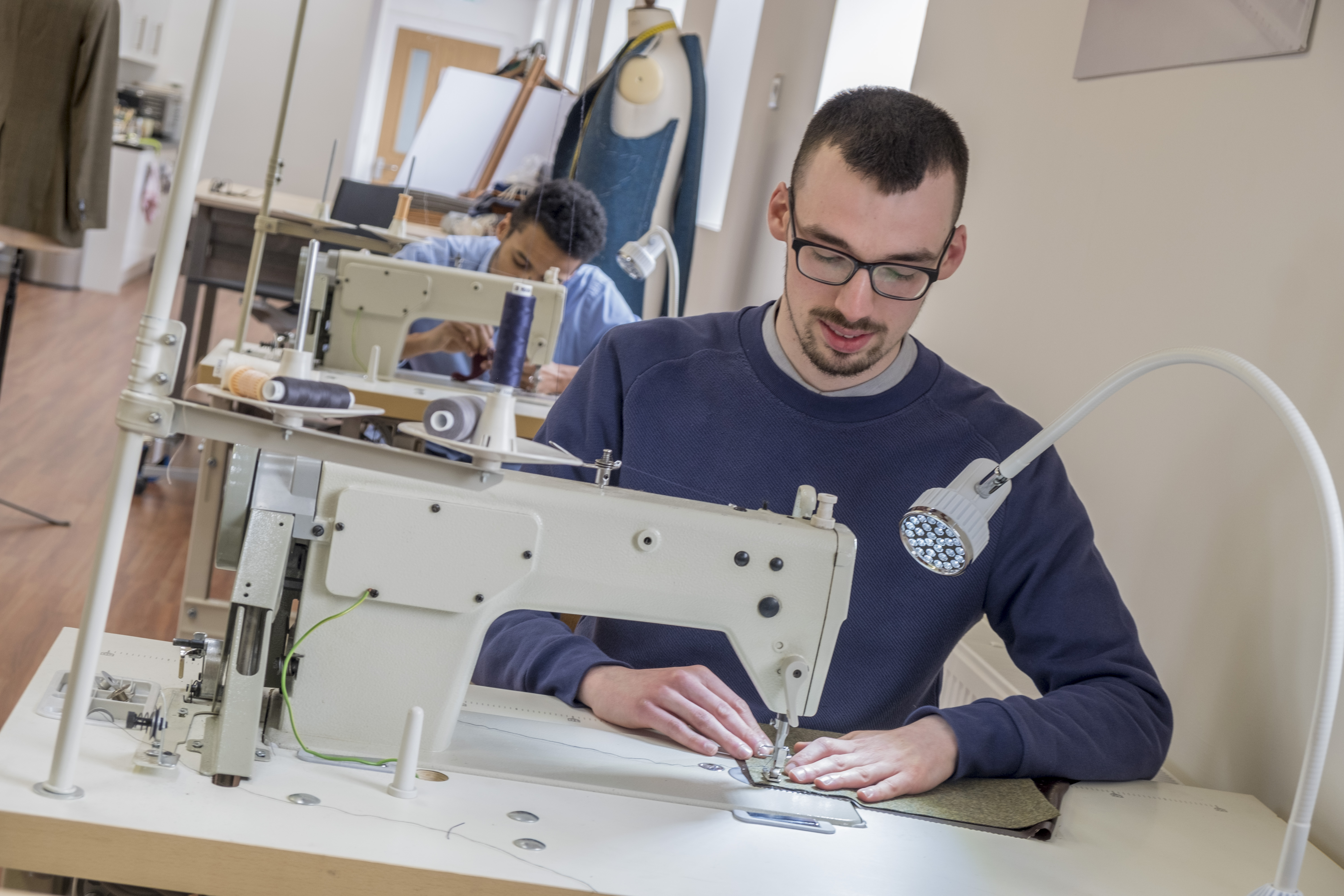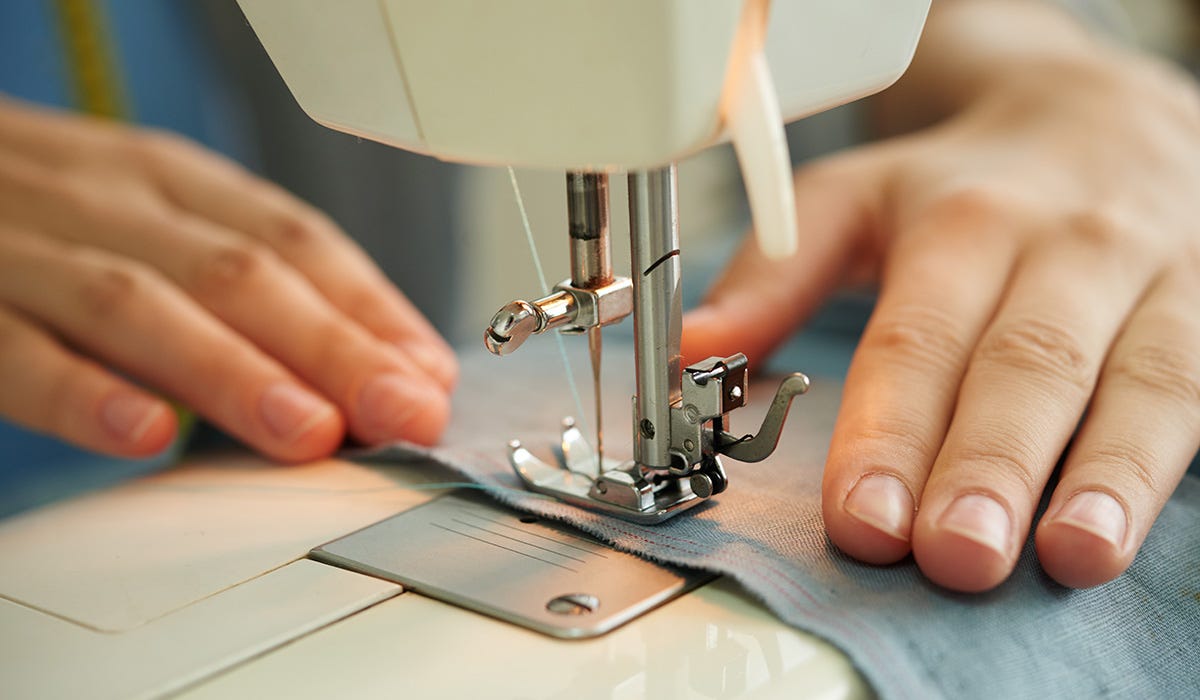Tailor Perth Quality: Your Location for Bespoke Tailoring
Tailor Perth Quality: Your Location for Bespoke Tailoring
Blog Article
Comprehending the Tailoring Process: From Material Selection to Final Fitting for the Perfect Closet
The tailoring procedure is a complex interaction of art and scientific research, starting with the important decision of material option and finishing in the precise changes of last installations. Each fabric type brings distinct qualities that influence not only the aesthetic allure but additionally the garment's durability and suitability for various events. Recognizing the nuances of customizing methods can elevate one's wardrobe to extraordinary levels of class. As we explore these elements even more, one need to consider exactly how even the tiniest information can significantly affect the general outcome of one's individual design.
Value of Fabric Selection
Picking the best fabric is essential in the tailoring procedure, as it directly affects the convenience, toughness, and total visual of the final garment (tailor perth). The option of material sets the foundation for the garment's efficiency, performance, and design. Various materials have one-of-a-kind residential properties, such as weight, breathability, and stretch, which can significantly impact how the garment drapes and fits the body
Furthermore, textile choice affects the garment's longevity and ease of treatment. High-grade fabrics can stand up to deterioration, preserving their appearance and framework over time, while lower-quality products might lead to pilling or fading. Furthermore, the ideal textile adds to the garment's ability to shift throughout occasions and periods, thus improving versatility.
A customized piece made from an ideal material not just showcases craftsmanship but also raises the user's confidence. Subsequently, comprehending the nuances of textile selection is extremely important for any type of customizing venture. It guarantees that the end product not only meets the aesthetic desires of the client yet also straightens with functional needs, thereby attaining a harmonious equilibrium between type and feature in the tailored closet.
Kinds of Fabrics and Their Usages
Understanding the numerous kinds of fabrics available is essential for making notified decisions during the tailoring process. Each textile has unique attributes that determine its suitability for certain garments and occasions.
Its flexibility permits it to be tailored into everything from t-shirts to gowns. Its natural elasticity helps garments maintain form over time.
Silk exudes deluxe and is lightweight, making it ideal for eveningwear and delicate shirts; nevertheless, it needs cautious handling due to its frailty. Linen, with its distinctive finish, is a preferred option for warm climates, offering a airy and crisp feel, however it wrinkles easily, which may influence the garment's appearance.
Artificial fabrics, such as polyester and nylon, offer longevity and resistance to wrinkles, making them appropriate for everyday wear and active apparel. Recognizing these fabric types and their residential or commercial properties enables better decision-making, guaranteeing that each customized piece not just fits well yet likewise aligns with the intended purpose and occasion.
The Tailoring Techniques Discussed
The art of customizing counts on a range of strategies that change material right into well-fitted garments. Central to this process is pattern preparing, where a dressmaker produces design templates based upon the customer's measurements and wanted design. This first step makes sure that the garment will certainly fit the wearer properly before any type of reducing takes place.
When patterns are developed, cutting methods come right into play. Precision is paramount as mistakes can cause misfitting garments. Tailors frequently use numerous reducing approaches, such as single-layer reducing for intricate designs and multiple-layer reducing for performance on common patterns.
Basting is one more important method, allowing dressmakers to momentarily sew textile pieces together for a preliminary installation. This technique uses the possibility to examine the drape and total silhouette before last stitching.
Seaming methods, including french joints and flat-felled joints, enhance the garment's resilience and aesthetic charm. Tailors likewise utilize techniques such as interfacing and cushioning to supply framework and form to details areas, like collars and shoulders.
Last but not least, finishing techniques, including hemming and side finishing, make certain the garment's durability while providing a refined appearance. Together, these strategies form the backbone of reliable tailoring, resulting in exquisite, tailor-made clothing.
Fitting Modifications and Considerations

Trick factors to consider include the shoulder fit, which should neither sag nor restrict movement, and the sleeve length, which ought to enable comfortable arm motion while maintaining a sleek look. Additionally, adjustments at the waist can improve the silhouette, with options to allow out or take in fabric as required.
The increase of trousers is another crucial aspect; it ought to sit comfortably above the hips without causing pain, enabling ease of movement. Hemming sizes for both pants and skirts should show the wearer's preferred style while next page appreciating percentages.

Keeping Your Tailored Attire
Proper upkeep of tailored garments is vital to protecting their fit and look with time. To guarantee longevity, regular cleaning is extremely important. Always adhere to the treatment label guidelines, which might suggest dry cleansing for fragile textiles or maker washing for even more resilient products. Prevent frequent laundering, as this can put on down the fabric and modify the garment's form.
Storage is equally essential; usage cushioned hangers for layers and coats to keep shoulder structure, and store pants folded neatly or hung to stop creasing. Protect garments from direct sunlight, which can discolor colors and damages fibers.
Additionally, routine evaluations for small fixings can prevent bigger problems. Inspect for loosened switches, tearing joints, or indications of moth damage, dealing with these issues promptly to keep the garment's stability.
Finally, take into consideration seasonal rotation. Putting on customized items in moderation allows materials to recuperate, prolonging their life-span. By implementing these maintenance methods, you can ensure that your customized garments remain as immaculate as the day you first wore them, improving your ideal wardrobe for several years ahead.
Final Thought
The tailoring process, including textile selection, skilled techniques, and exact suitable adjustments, plays a crucial role in creating garments that improve both comfort and design. Each stage contributes to the total performance of the image source end product, making certain that garments not only fits well yet also mirrors individual identification. Comprehending the value of upkeep extends the life of customized garments, solidifying their value in a well-curated closet. An extensive method to customizing finishes in a sleek and certain appearance.
Picking the best material is critical in the tailoring procedure, as it directly influences the convenience, toughness, and overall aesthetic of the last garment. The choice of material establishes the foundation for the garment's performance, performance, and style. Different materials have one-of-a-kind buildings, such as weight, stretch, and breathability, which can considerably influence how the garment drapes and fits the body.
The art of customizing relies on a range of strategies that transform textile into well-fitted garments.The customizing process, including textile option, experienced methods, and precise suitable adjustments, plays a vital duty in producing garments that boost both convenience and design.
Report this page